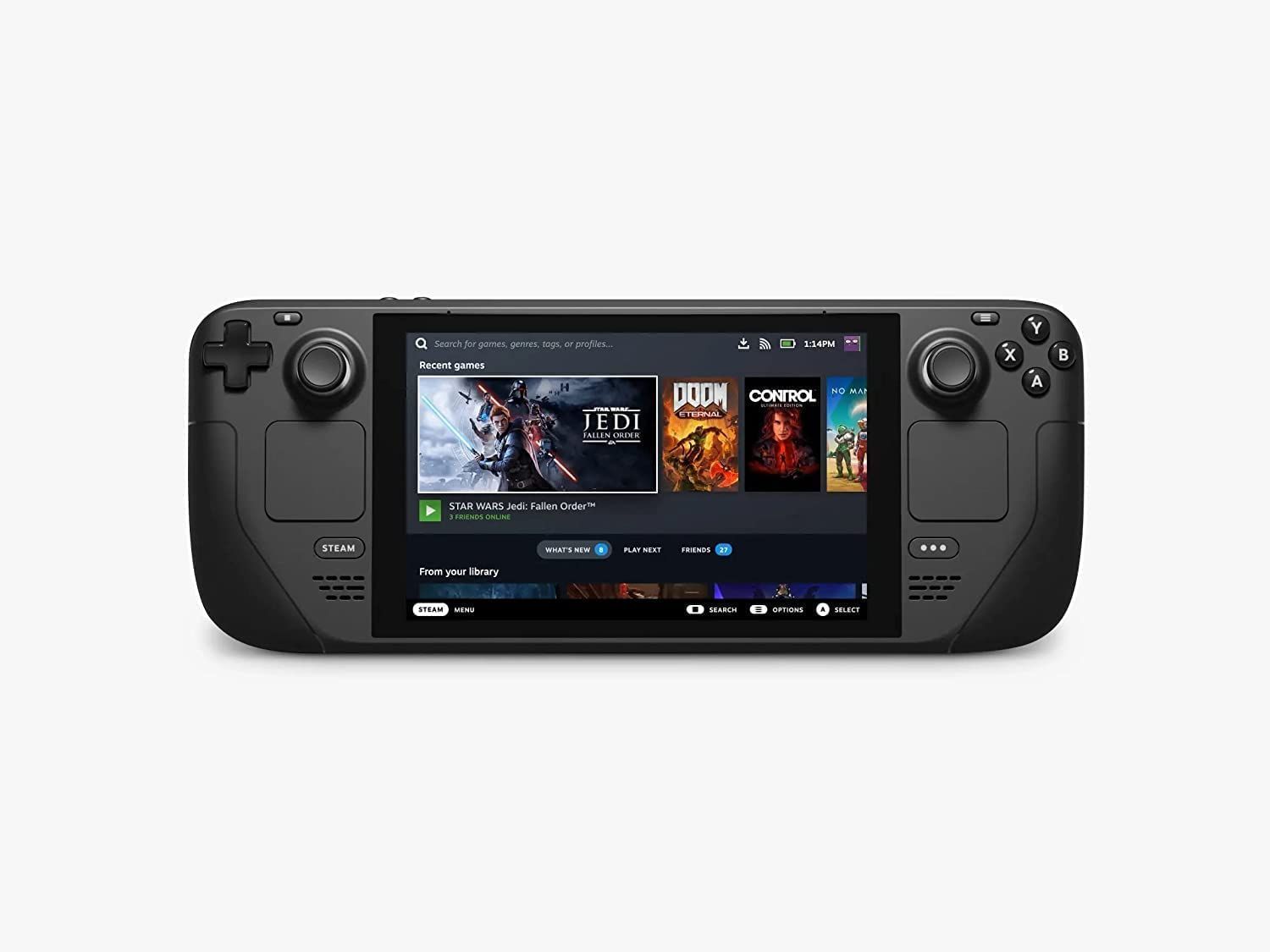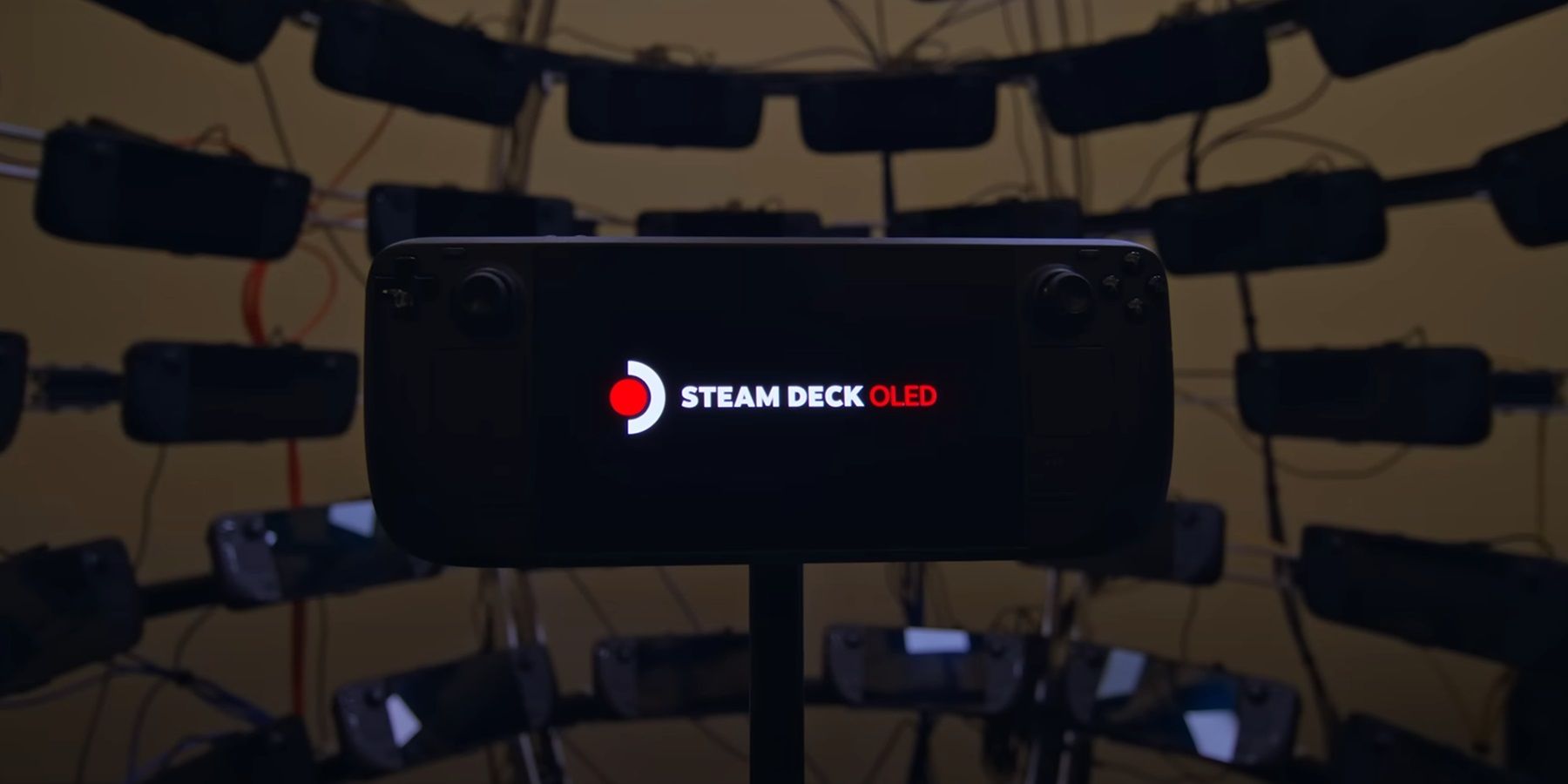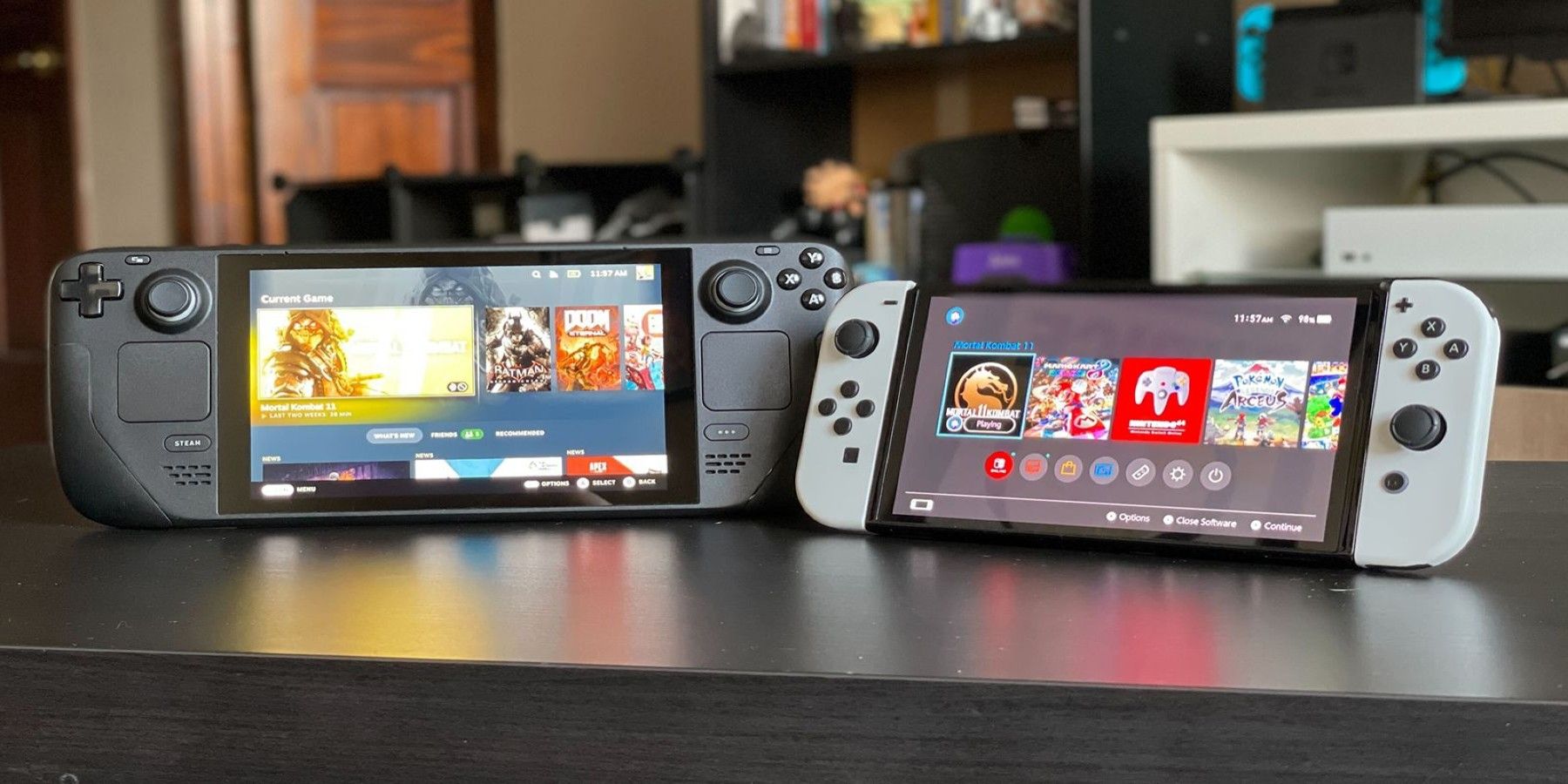Highlights
- Valve is reportedly using OLED displays from two different suppliers, SDC and BOE, for its Steam Deck handheld gaming console, potentially leading to differences in display performance.
- Similar to the fan issue in the original Steam Deck, some units with OLED displays may have a slightly better or worse display than others.
- It remains to be seen if the differences between OLED displays from Samsung and BOE will be noticeable during gaming sessions or if the average owner will even notice the distinction.
Valve might have two suppliers for the displays of its Steam Deck OLED handheld gaming console, which could mean some differences in performance. The company previously announced that it would release the handheld console’s OLED model on November 16, though it advertised the OLED model as a limited edition.
Some Steam Deck users may remember when their handheld consoles had a noisy fan despite it not having dust. This noise was due to Valve using fans from two suppliers when manufacturing the handheld console, which resulted in some differences. Many Steam Decks had fans from Huaying installed, which meant quieter gaming sessions. On the other hand, some had fans from Delta instead, which provided noisier and more unpleasant sessions. While Valve and iFixit solved the issue, it seems the former is still using materials from different sources.
A recent report from Destructoid mentioned that Valve is using OLED displays from two different suppliers to manufacture its upcoming Steam Deck OLEDs. According to the company’s Gamescope GitHub page, the two suppliers are SDC and BOE, which stand for Samsung and BOE Technology, respectively. Thankfully, having these companies supplying Valve with OLED displays isn’t concerning – they also supply Apple with OLED displays for its iPhone 15 lineup.
What is concerning is that using OLED displays from two different suppliers might mean differences in display performance in some Steam Deck units, regardless of how minuscule they are. Much like what happened with the original Steam Deck’s fan problem, some Steam Deck OLED units might have a slightly, yet arguably better display than others.
Valve has yet to confirm or deny the content of its Gamescope GitHub page as of press time. As such, prospective Steam Deck OLED owners can only verify if there is a difference in their units’ displays when they get them. Only time can tell if the differences between Steam Deck OLEDs with Samsung and BOE Technology OLED displays are like night and day. Although iFixit showed that the original Steam Deck Deck’s LCD is replaceable in its teardown video, it has yet to demonstrate if the same is true for a Steam Deck OLED’s display since the OLED handheld console isn’t out yet.
On the other hand, the difference between the OLED displays Samsung and BOE Technology supplied to Valve could be difficult to tell apart, if at all. Should that be the case, the average Steam Deck OLED owner wouldn’t notice the difference between the two during their gaming sessions with the handheld console.

Steam Deck
Valve’s long-awaited portable console is here, and it’s taking the handheld gaming market by storm. Valve partnered with AMD to create Steam Deck’s custom APU, optimized for handheld gaming. It is a Zen 2 + RDNA 2 powerhouse, delivering more than enough performance to run the latest AAA games in a very efficient power envelope.
- 4K Capabilities
- Yes
- Screen
- 7″ diagonal 1280 x 800px (16:10 aspect ratio) 60Hz
- Storage
- 64 GB – 512 GB
- CPU
- AMD APU Zen 2 4c/8t, 2.4-3.5GHz
- Battery
- 40Whr battery. 2 – 8 hours of gameplay
- Connectivity
- Bluetooth 5.0 and Dual-band Wi-Fi radio, 2.4GHz and 5GHz
- Ports
- 1x USB-C with DisplayPort 1.4 Alt-mode support; up to 8K @60Hz or 4K @120Hz, 1x USB 3.2 ,1x Micro SD slot, 1x 3.5 audio jack
- Dimensions
- 298mm x 117mm x 49mm
- Weight
- Approx. 669 grams
- Audio
- Stereo with embedded DSP for an immersive listening experience and Dual Microphone Array









